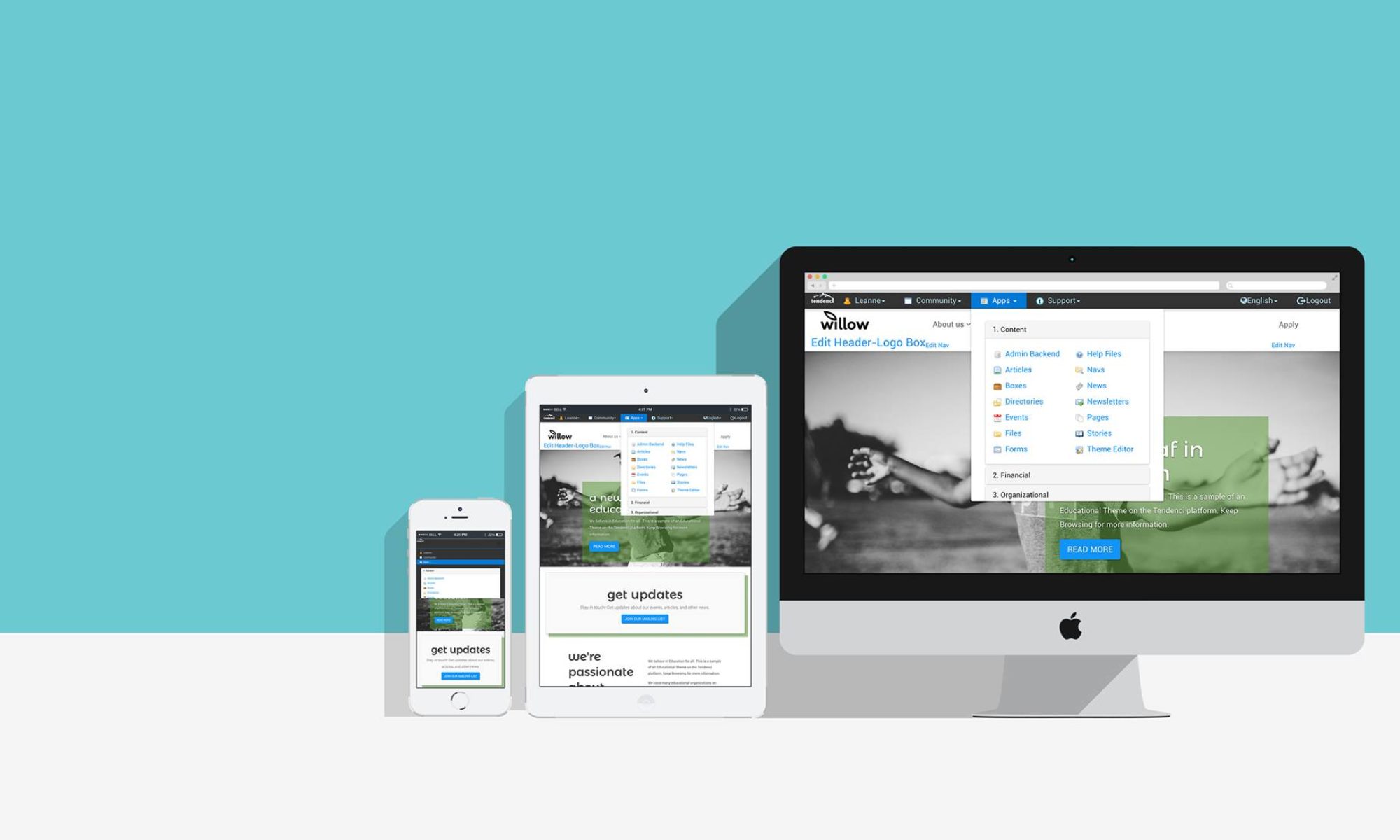This post was very hard for me to write, as delegated to me by Katie, for her 30 days of thanks blog theme. Sometimes it takes someone like Katie to push us to put in writing what we know in our heart. And that was why this post was so hard.
I am thankful for many many things. First would have to be Rachel, my wife, in our 20th year of marriage. My 3 kids are a true blessing. I am thankful for the city Houston which I moved to after college with my then young family in hopes of finding a job. I am even thankful for people that hosed me over because I learned from those experiences, and got back up. I am thankful for my extended family and friends who have supported me in my crazy journey starting a company 13 years ago. I am thankful for the US Army, spending a lot of time in my formative years on bases in the US and Germany. And I can’t even begin to say how thankful I am for the people I get to work with. But all of those blessings are more than I can handle writing about right now. Instead I want to write about a camera.
I am thankful for my Dad’s Leica M3. You see, it wasn’t always this way. For years, the six of us kids were annoyed by my Father’s camera. I come from a family of hard workers and the story I was told was that my father got a fake ID at the age of 14 to take a job as a photographer for the Bridgeport Post. Growing up my Father always had a camera. So like all children, the six of us rebelled and went the other direction. We groaned when called for a family picture at Christmas, and gave him a hard time about it.
In college I didn’t even own a camera (I can hear the Facebook generation groaning) and there were no cell phones to snap pics either (yes, I am old as dirt apparently). We did buy disposable cameras occasionally to get pictures once we had children. But the device was to record an event, and the subject matter was the little people (who I thought then, and still think are AWESOME). I wanted to remember the moment. Running around the tree in the back yard in the middle of a terrible thunder storm just for fun. Laughing uncontrollably soaked to the bone and the dog staring at us like we had finally COMPLETELY lost it. That was what cameras were for, to record the event.
Then a funny thing happened. I was at the Emerging Technologies conference in 2006 in San Diego and went to visit family just north of the city. We stopped by a winery and I took a photo of a kid kicking a football using a little Nikon Coolpix S1. This photo.
It’s not the most amazing photo. But it was the first time my brain said “hey, this is a cool image so try to capture it.” It was the first time I took an image for the sake of CREATING SOMETHING. And I liked it. It also helped that Flickr was talked about a lot that year at eTech and I found a community of photographers who loved to help.
Flickr, and that photo, made me finally realize why my Father enjoyed photography. Sure his snap shots were just like all the rest of our snap shots. Just that: snap shots. But occasionally he shot to create something beautiful. Then memories came back to me of helping him matt and crop (you did this with a paper cutter) images for a photography contest he had entered when I was a young man.
Because our company had a sizable American Express bill, in 2006 I got a Canon Digital Rebel XT using Amex points at no cost. Then the real photography journey began, and I found I really enjoyed it. I learned that a photographer’s job is to make people look good. Digital photography in particular is very forgiving and lets you take a few shots to be sure your subject is shown in the best possible way.
My Father didn’t talk a lot. I understand that now. When I was a young child he was enlisted and served proudly in Vietnam. We would always stop by the POW/MIA booth in DC. And his photos of the memorial were the source of several award winning photos he took. I don’t have those photos, but I remember them. He went on to get a degree, go to Medical School, reenlist in the Army and eventually retire as an LTC. Then teach at OU and save lives as a Perinatologist. I can’t even begin to say how proud I am of my Father.
Later that year, in 2006, I took our family down to Dickens on the Strand in Galveston. After that we stopped by the beach and I took this photo of my three kids, which now has over 30,000 views on flickr.
Unfortunately I never got a chance to talk to my Father about photography. I started photography in 2006, at a time when he was teaching at a medical school in Dominica. The Islands are a long way away. He passed away suddenly a few days after the above photo was taken. He never saw it.
While in Dominica I found these photos on his last camera.
From Dominica
From Ireland
Those are his photos and I think the man had a great eye. He loved his Leica M3. And I had no idea what it was. All of those years.
What am I thankful for? I am thankful for many many wonderful people in my life. And I am very thankful for my amazing parents. And I am thankful my Mom entrusted me with my Dad’s Leica M3. Thank you Mom and Dad!



















